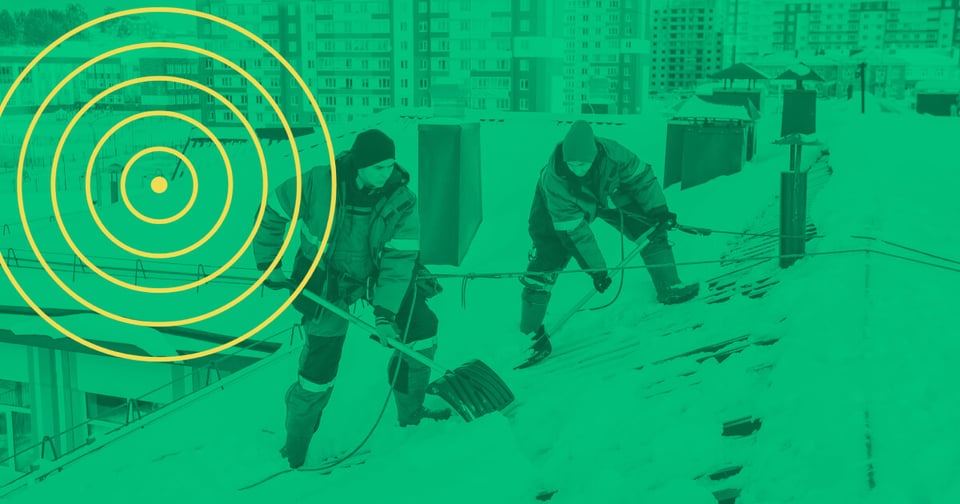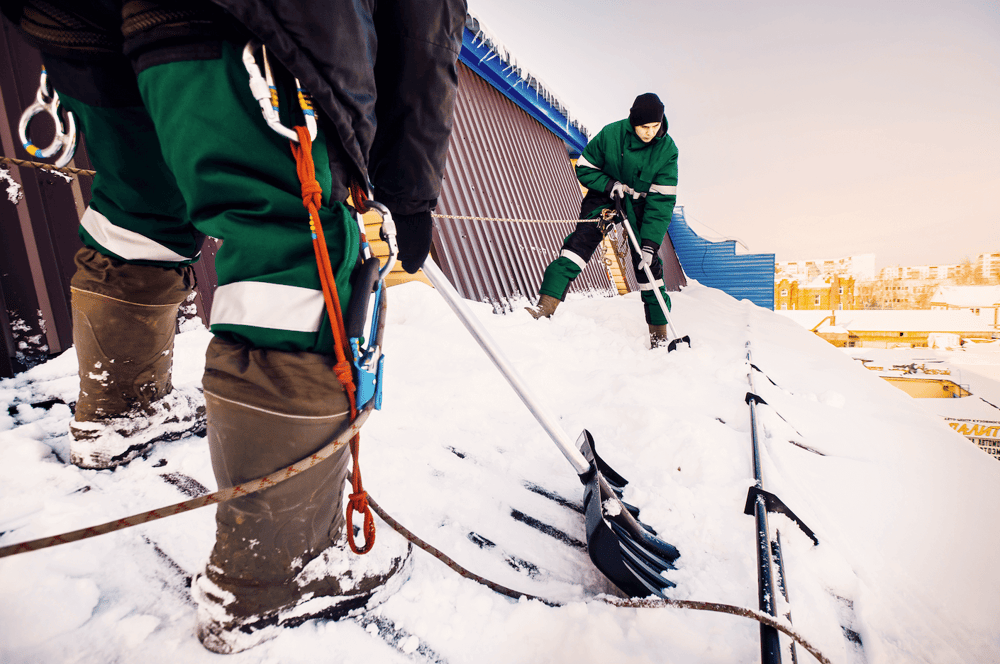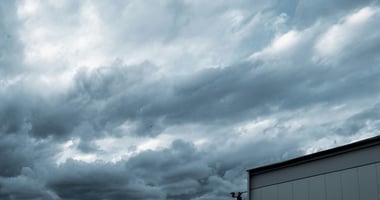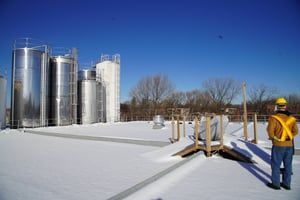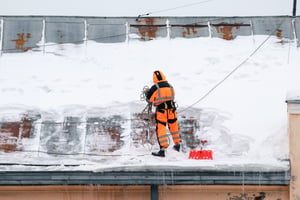2. Raise the Awareness Among Your Teams by Provinding All Stakeholders With Relevant Training on Occupational Health and Safety Related to Snow
Awareness-raising and training are two essential elements in the prevention and control of occupational health and safety risks.
Start by clearly defining the training objectives, such as employee safety, prevention of snow-related risks on roofs, and proper use of protective equipment.
Here's an example of appropriate training content:
- Introduction to snow management on building roofs in Canada
- Risks and dangers associated with snow management on roofs
- Current legislation, regulations and standards
- Personal protective equipment (PPE) and necessary equipment
- Techniques for working at in elevated areas and on snow-covered roofs
- Safety and emergency protocols
- Safe use of snow removal tools and equipment
- Management of emergencies and critical situations
- Communication and coordination between teams
- Awareness of weather conditions and health risks
- Impact on company reputation and customer confidence
- Practical skills assessment
3. Provide Your Employees With All the Equipment They Need to Ensure Their Safety at Work
We recommend that you opt for personal protective equipment (PPE), a set of articles and devices specially designed to protect an individual's health and safety at work.
PPE is used to minimize risks to the health and safety of individuals by providing physical protection against various hazards such as injuries, occupational diseases and accidents.
- Fall arrest equipment: ropes, safety harnesses and fall arrest devices used when working on high areas
- Helmet
- Safety footwear suitable for icy surfaces and sloping roofs
- Fall protection equipment: safety nets and devices to prevent objects from falling and injuring workers who may be on the ground at the edge of your building.
- Warm clothing to avoid the risk of frostbite or hypothermia (let's not forget that Canadian winters are hard ones!).
Consider Acquiring a Technological Solution to Maximize the Safety of Your Staff in Winter
Technological solutions are available to help organizations reduce the risks associated with managing snow on building roofs. This is particularly the case with the Tensio system.
Tensio completely eliminates the need for interventions in high areas to assess the level of snow load on your building's roof.
The intelligent sensors included in the Tensio system are installed directly in the steel ceiling structure and then calibrated according to the actual capacity of each critical zone of your roof during winter. Engineering calculations are performed by our team of structural engineers.
The sensor data is then cross-referenced with the weather forecast for the next 7 days, providing a rapid - and above all reliable - view of the potential snow overload risks for each zone of your building roofs.
The intelligent sensors therefore provide extremely precise measurements of the condition of your building's roof structure. Which also means that :
- Your preventive maintenance staff will no longer need to go on the roof to monitor snow, greatly reducing the risk of falls.
"We have considerably reduced the number of interventions on the roof thanks to the Tensio system. We can now monitor the snow load in real time while reducing perilous visits to the roof."
- Francis Rioux, TBuilding Project Manager Shawinigan
- By knowing exactly when it's really necessary to carry out a snow removal operation on your roof, you can limit the number of snow removals to the essentials during the winter. Less snow removal, less risk!
- Your team can rest easy knowing that Tensio will take care of snow monitoring for them, 24/7. This will also enable them to concentrate on tasks that add greater value to your organization, and which will potentially involve a lower level of accident risk.
__
Source:
- (French Only) CNESST, Prévention et sécurité, Déneiger un toit : https://www.cnesst.gouv.qc.ca/fr/prevention-securite/identifier-corriger-risques/liste-informations-prevention/deneiger-un-toit
%20(2).png?width=150&height=50&name=Tensio_Logo-SansPositionnement_RVB%20(1)%20(2).png)
